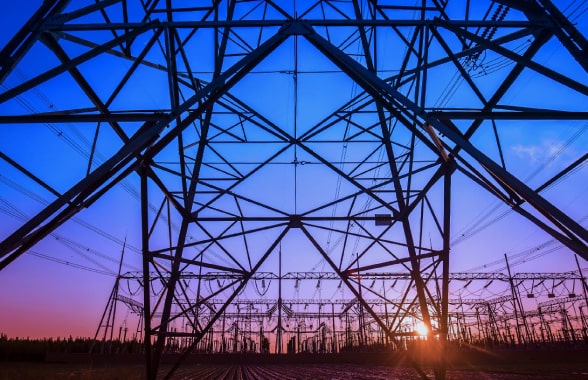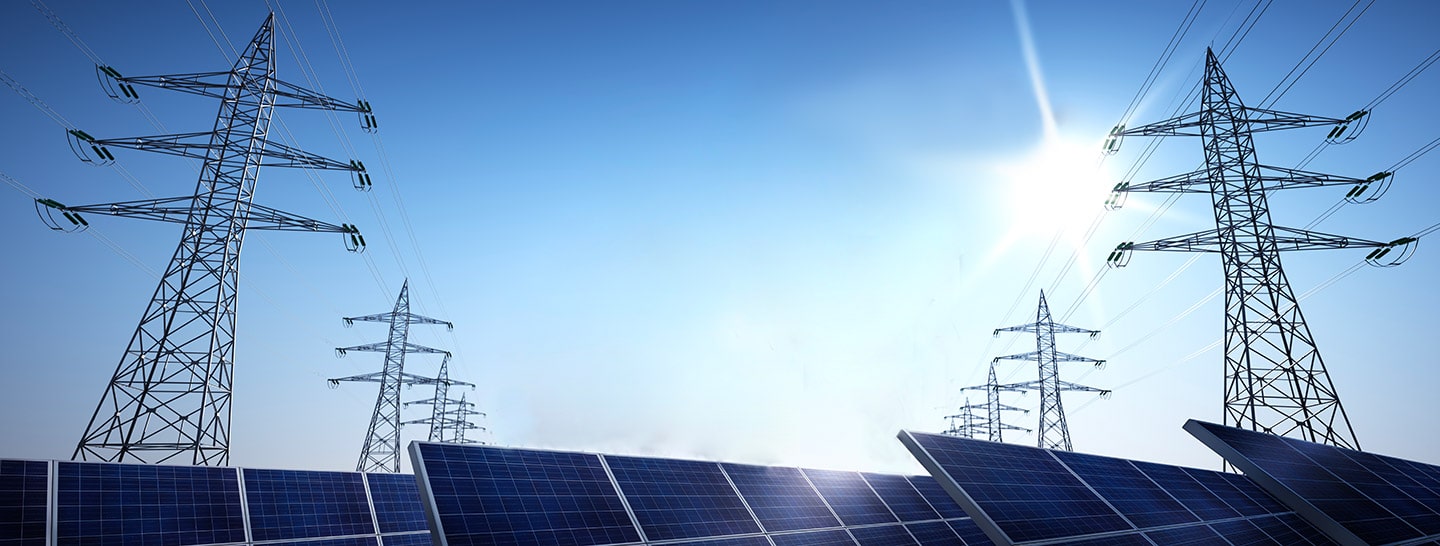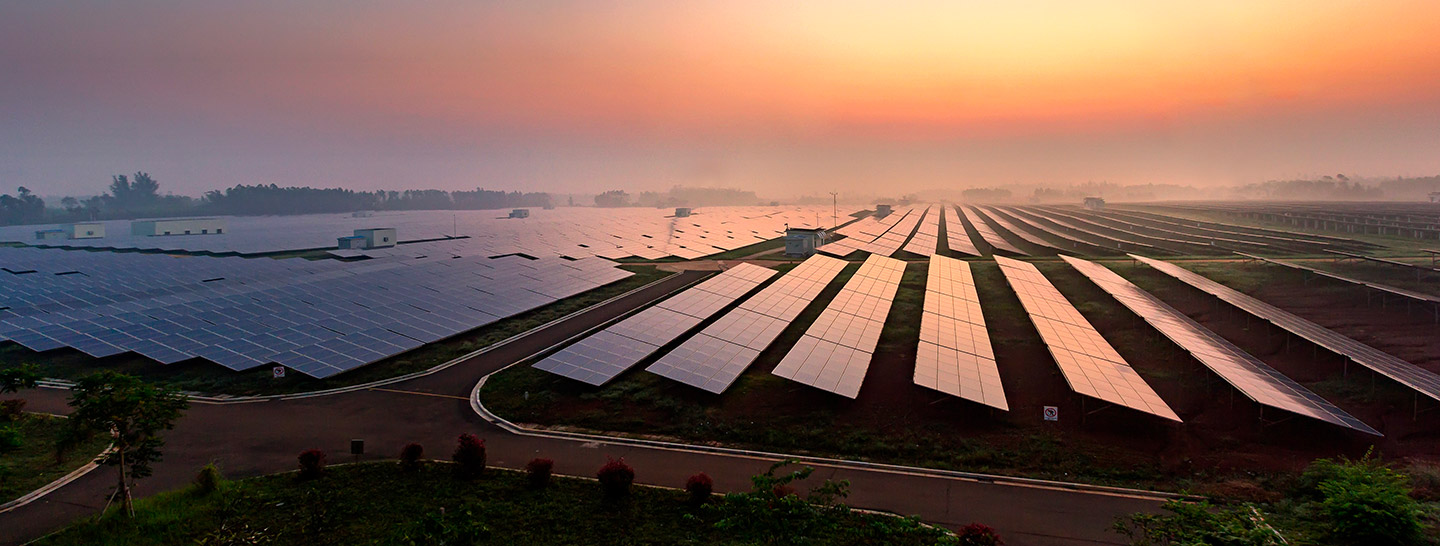Net Zero refers to a balance between the amount of greenhouse gases (GHG) released into the atmosphere and the amount of greenhouse gases removed. The United Nations defines Net Zero as “cutting greenhouse gas emissions to as close to zero as possible, with any remaining emissions re-absorbed by the atmosphere, oceans and forests”. In addition to reducing emissions of carbon dioxide (one of the main greenhouse gases), reaching Net Zero targets can also be achieved by carbon offsetting. Carbon offsetting is a key consideration when setting Net Zero goals and refers to actions carried out by companies or individuals to neutralize their carbon emissions by - for example - buying carbon credits from projects that remove GHG emissions from the atmosphere or taking actions such as planting trees. Another key enabler for reaching zero emissions targets is - of course - electrification, which substitutes power generated by the use of GHG-emitting fossil fuels with clean electricity generated by renewable sources.
















